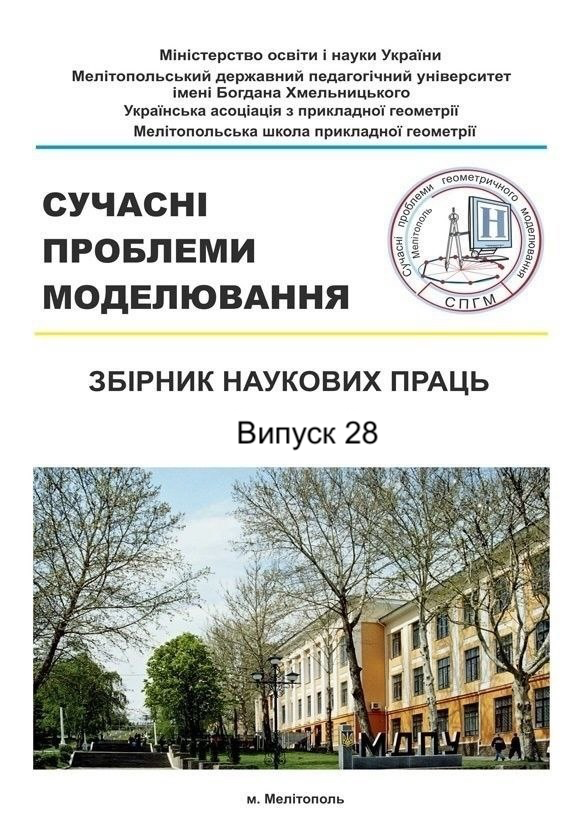ПРО ДИНАМІЧНУ ЗАДАЧУ ОПТИМАЛЬНОГО РОЗБИТТЯ МНОЖИН З ФІКСОВАНИМИ ЦЕНТРАМИ
Анотація
У статті сформульовано та досліджено динамічну задачу оптимального розбиття множини (ОРМ) з фіксованими центрами, яка належить до класу задач просторового розподілу з динамічно змінюваними параметрами. Наведено формалізовану постановку задачі, алгоритм її розв’язання та результати чисельного експерименту, що підтверджують ефективність і точність запропонованого підходу. Актуальність обраної теми зумовлена широкою застосовністю задач оптимального розбиття у динамічному формулюванні для розв’язання прикладних задач у логістиці, управлінні ресурсами, плануванні обслуговування територій та інших галузях, де витрати мають часову залежність. На відміну від статичних модельних задач, у реальних умовах вартість транспортування між елементами може змінюватися у часі, що суттєво впливає як на пошук оптимального розв’язку, так і на значення цільового функціоналу. У роботі розглянуто декілька моделей вартості транспортування, включаючи лінійну, експоненційну та випадкову (стохастичну), що дозволяє покращити адаптацію моделей до конкретних прикладних ситуацій.
Для реалізації чисельного експерименту було розроблено спеціалізоване програмне забезпечення на мові Python, яке інтегрує сучасні чисельні методи, зокрема метод покрокової оптимізації, модифіковані градієнтні підходи, а також засоби графічного аналізу результатів. Модель ґрунтується на класичній постановці задачі оптимального розбиття з фіксованими центрами, проте вводить часову залежність у вартісні коефіцієнти, що дозволяє моделювати складні сценарії розподілу з урахуванням фактору часу. Проведено порівняльний аналіз результатів моделювання як у динамічному, так і в статичному підходах, що дозволило виявити переваги динамічного формулювання: вищу точність, більшу гнучкість та адаптивність при зміні умов задачі.
Обчислення здійснювались на персональному комп’ютері з конфігурацією: Intel Core i7-12700K, 8 ядер, частота 3,6 ГГц; оперативна пам’ять 32 ГБ DDR4; накопичувач – SSD 2 ТБ. Отримані результати підтвердили не лише ефективність математичної моделі, а й правильність реалізації алгоритмів, що додатково проілюстровано графічними побудовами фазових траєкторій та візуалізацією отриманих розбиттів.
Ключові слова: динамічна задача, оптимальне розбиття множини, цільовий функціонал, фазова траєкторія, чисельні методи, часові залежності, Python.




